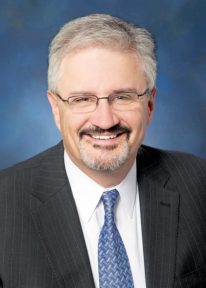
Editing Wayne Rosenkrans’ article on the Foundation’s first 70 years (“Ever Changing”), I was repeatedly struck by the foresight of the Foundation’s early leaders, particularly founder Jerry Lederer.
The Foundation was an early proponent of collecting and disseminating reports on mechanical malfunctions and of the use of simulators in accident investigations. During the first few decades of its existence, the Foundation researched such topics as weather as a contributing factor in accidents, communicating weather information to general aviation operators, and technology for detecting clear air turbulence.
In 1951, in what seems to me to be a foreshadowing of “just culture” and safety information protection, Lederer said, “Our answer to the problem of securing information on near-accidents is to have a place where personnel can confess without being ridiculed or punished.” Thirteen years later, the Foundation initiated an anonymous pilot safety reporting system.
Lederer also talked about combating complacency among pilots of highly automated aircraft. One of current President and CEO Jon Beatty’s favorite topics is the risk of complacency, and in late 2014, the Foundation published a study on flight path monitoring that discussed the difficulty in remaining alert when monitoring highly automated, highly reliable systems.
Recently, the Foundation has been focused on safety data collection and analysis, safety information sharing and safety information protection, all of which are at the core of our ongoing Global Safety Information Project. But as Wayne points out, Foundation leaders have been talking about those issues for years.
It’s clear that the industry’s current efforts to identify and mitigate risk are built on the work of preceding generations of safety professionals, and, in turn, our work will inform the efforts of those who succeed us. So we must be vigilant in working on current issues and have the foresight to identify emerging risks. It’s tradition.